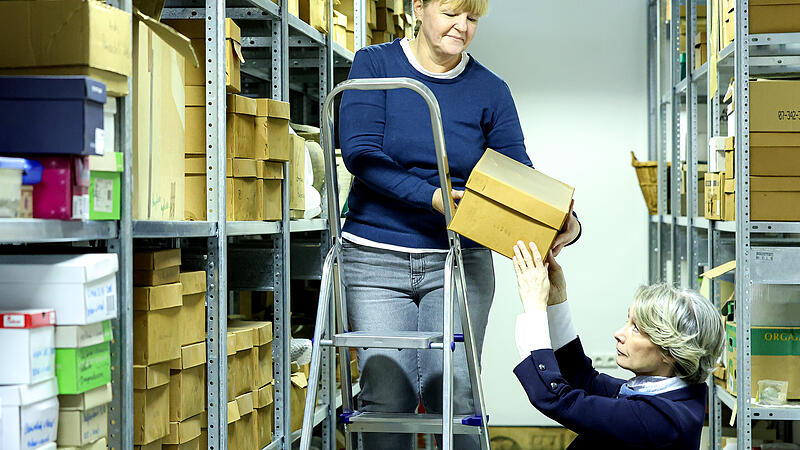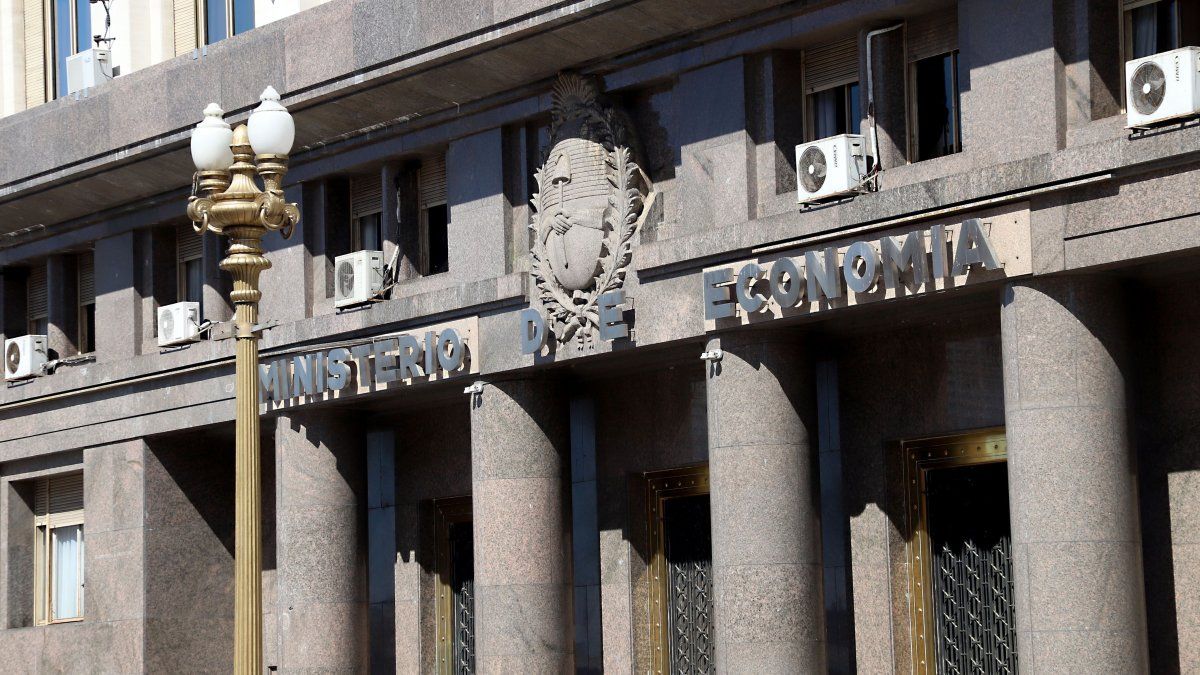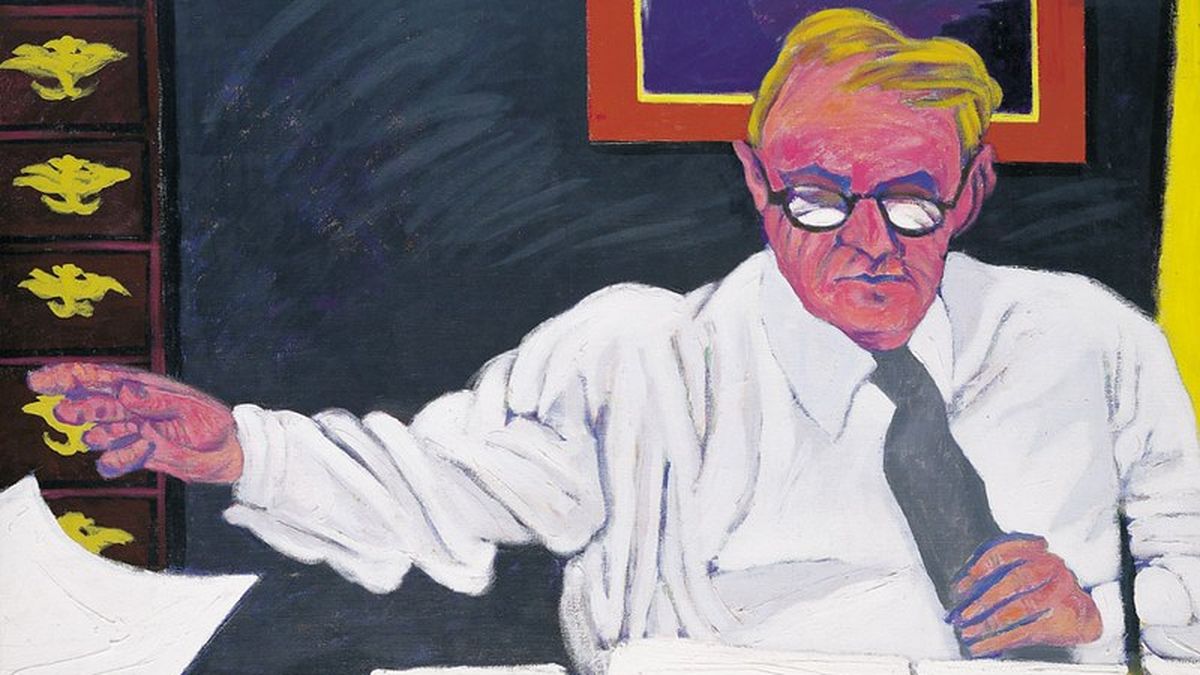Image: VOLKER WEIHBOLD
CATFISH. Collecting, researching, preserving, exhibiting and communicating: these are the central tasks of every museum. While the last two are particularly visible to the public, the first three make up around 80 percent of the work, says Wels city museum director Ingeborg Micko: “We have to deal with the collection and process it scientifically so that we can pass on the knowledge. “
A major project has been underway for several months that will make the work of the museum team much easier: the inventory, which includes 70,000 objects – from Roman excavation finds to historical furniture and exhibits from the world wars – is being digitally cataloged and made accessible online.
Democratize education
The city museum’s experts already have an overview of the collection: each work is listed in handwritten catalogs that go back to the museum’s founding 120 years ago. They will continue even after the digital catalog is completed. “But of course searching is quite tedious. The descriptions are sometimes very short, sometimes it just says ‘pot’ or ‘primer’,” explains Micko.
The entire collection can be searched digitally in the catalog, which will be part of the state’s inventory database “Musemskollektor” (MUKO). It’s not just the employees who benefit from this, says the museum director: “Students, colleagues from science and the public can also view all the objects.” Only two percent of the inventory is on permanent display; the rest only leaves the depots for special exhibitions and research purposes. “Ultimately, the collection belongs to all of us, the museum just stores it. Making it visible and democratizing education was the founding idea of bourgeois museums in the 19th century. We are continuing that with this project,” says Micko.
In addition, each of the 70,000 objects is examined, photographed and newly described. “We use this for preventive preservation. We check whether the storage conditions are correct. If necessary, improvements are made. That’s why skilled workers also have to do this work,” says the historian.
One of the depots is in the attic of the Minorites, which is home to the archaeological museum. The Roman finds are stacked meters high on shelves. A large part is packed in shoe and banana boxes. That’s not a problem, explains archaeologist Michaela Greisinger: “The finds from excavations are insensitive to acid in paper or the like. We have to be more careful with furniture or clothing, for example.”
The project is estimated to take around five years. To this end, the city of Wels has granted the employees additional hourly quotas and hired a new employee. “Through cataloging we get to know a little more about our past and understand the present better,” says Micko.”
My themes
For your saved topics were
new articles found.

info By clicking on the icon you can add the keyword to your topics.
info
By clicking on the icon you open your “my topics” page. They have of 15 keywords saved and would have to remove keywords.
info By clicking on the icon you can remove the keyword from your topics.
Add the topic to your topics.
Source: Nachrichten




